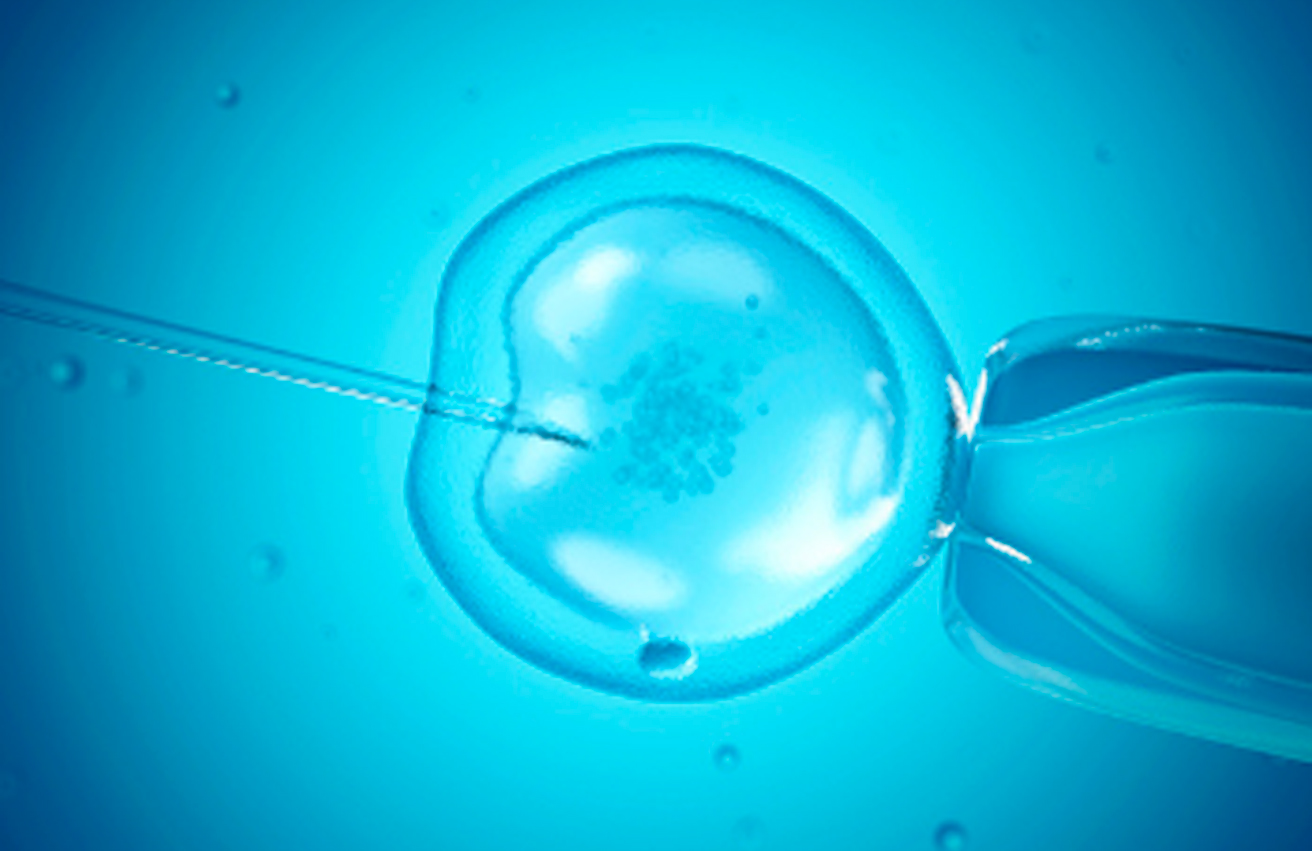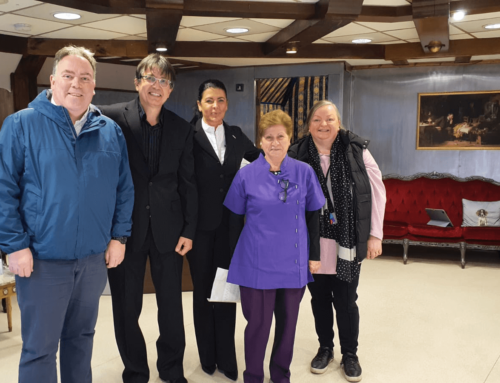If you’re considering starting IVF or are already undergoing treatment, you might be wondering how many cycles it could take to have a baby. A stimulated IVF cycle refers to a cycle in which eggs are retrieved, and all embryos created from that cycle, both fresh and frozen, are transferred one by one.
Most people who undergo IVF, regardless of age, do not have a baby after just one cycle. The younger you are when you begin IVF, the higher your chances of success.
As shown in the graph below, 48% of women aged 30-31 when they started treatment had a baby after one stimulated cycle. This increased to 61% after two cycles and 67% after three cycles. This measurement is known as the “cumulative live birth rate.”

In comparison, women who started treatment at age 34-35 had a 40% chance of having a baby after one cycle, a 54% chance after two cycles, and a 61% chance after three cycles.
For women aged 40-41 when they began treatment, there was a 13% chance of having a baby after one cycle, a 21% chance after two cycles, and a 25% chance after three cycles.
While the goal for everyone starting IVF is to have a baby, ideally on the first attempt, the graph below 👇🏿 can help set more realistic expectations for what is possible with IVF. Understanding that most people need more than one stimulated cycle for a reasonable chance of success, and that IVF births after age 40 are less common, can be helpful when deciding how long to continue trying.
| Woman’s age at first IVF cycle | Chance of a baby after first cycle | Chance of a baby after second cycle | Chance of a baby after third cycle |
| Under 30 | 43% | 59% | 66% |
| 30-31 | 48% | 61% | 67% |
| 32-33 | 44% | 60% | 67% |
| 34-35 | 40% | 54% | 61% |
| 36-37 | 32% | 44% | 50% |
| 38-39 | 22% | 32% | 38% |
| 40-41 | 13% | 21% | 25% |
| 42-43 | 6% | 10% | 11% |
| 44+ | 2% | 5% | 5% |
If a woman in her 40s uses eggs donated by a younger woman, she has the same chance as a woman the age of the donor.
VARTA






